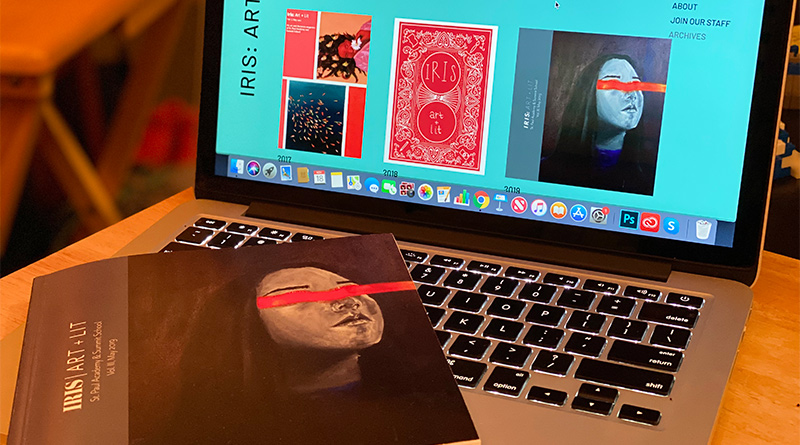Not your mother’s lit mag: Free digital options invite interactivity

In a world with ever-growing digital options, magazine staffs are branching into the digital world to increase community engagement and diversify their platform. Most publications use a website to augment a print edition with a variety of features that draw engagement.
Made with Visme Infographic Maker
The ability to customize sites makes the options of what to offer there nearly endless, but there are some common threads seen in current literary magazine sites:
SUBMISSIONS: Include what kind of work is accepted, whether there is a submission limit, and if you accept works produced anonymously or with a pseudonym. This is also an excellent place to publish submission-focused policies, like how work is judged, whether or not it might be edited by the staff and how, etc.
ARCHIVES: A website is an outstanding place to create a digital record of previous magazines, not only for readers to reference but also for potential artists and writers to see what has been accepted for publication in the past.
FEATURED WORK: Why wait until the magazine comes out at the end of the year when you might post a piece or two each month? This provides an additional audience for your artists and authors and gives the staff space to feature work that may or may not make it into the final magazine. Or consider posting things after they win awards (NCTE, Scholastic, etc.), to let readers know and to further celebrate your already published work.
SALES / PATRONS: If you build it, they will come, right? So why not show potential buyers or supporters what they are investing in?
POLICIES: Think about which of your policies are outward-facing (i.e. relevant to the school community and those outside of it with a stake in your work) and include them here. Policies connected to “open public forum for student expression” and ethics should be paramount. This is also an outstanding place to include a mission statement.
CONTESTS: This is a fun way to keep the magazine on everyone’s minds and get more of your community involved year round. Brainstorm what your contests will be every month or every quarter at the beginning of the year, and then you’ll be ready to update as the calendar flips. Speaking of calendar…
EVENTS CALENDAR: Promote creativity within your community by posting the school play, the student art show, or the music concert. Recognizing creative work outside your magazine might get recognized by students in those groups and prompt them to get involved. Also, pop the exclusive arts community bubble of your school and encourage students to attend events in the larger community. Include college events and/or city events — whatever is near you.
MEMBERSHIPS: The website may also be a place updated with publication and individual awards as well as publication memberships (CSPA, NSPA, Quill and Scroll).

